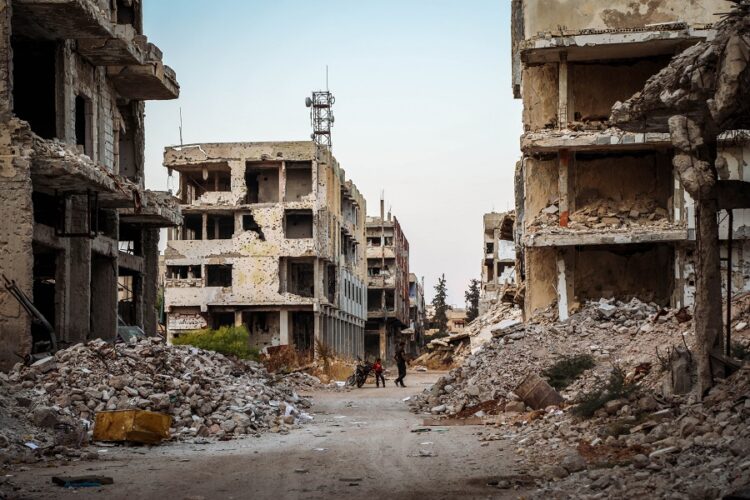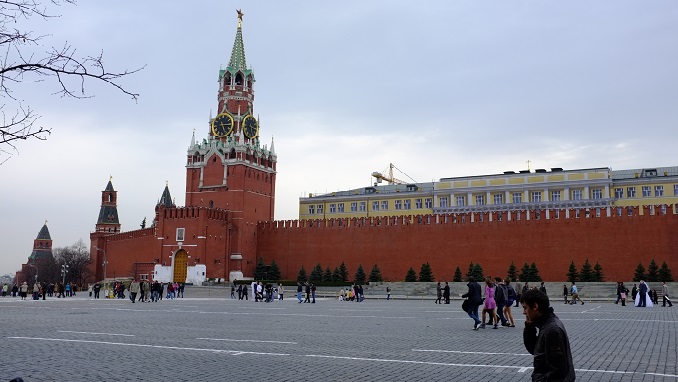The ground situation is still precarious thirteen days after two strong earthquakes struck southeastern Türkiye and (north)western Syria. Humanitarian needs are still increasing, notably in Syria, despite the fact that both nations’ responses have sped up, Relief Web reports.
Over 50,000 people have died throughout both nations combined, while Türkiye alone has suffered far over 100,000 casualties.
Despite remarkable stories of survivors being found alive thirteen days after the earthquakes, recovery teams are now in a race against time to find the dead as soon as possible in order to prevent disease epidemics that might put an extra burden on the health systems in both nations.
On of February 19, AFAD said that 38,000 people had perished and more than 100,000 had been injured in Türkiye.
Almost 13.5 million residents and 1.7 million registered refugees, including 5.4 million children, of whom over 811,000 are refugees, reside in Kahramanmaraş, Hatay, Adyaman, Gaziantep, Malatya, Osmaniye, Kilis, Adana, and Diyarbakir, the locations of the most severe damage caused by the earthquakes.
The government, according to AFAD, has provided housing for 1.6 million earthquake victims in total and is now erecting 10,000 shipping containers as temporary housing.
The earthquake in Syria resulted in about 5,800 fatalities and over 10,000 injuries, with the majority of deaths recorded in Northwest Syria (NWS) — more than 4,400 fatalities, over 8000 injuries.
There are still hundreds of civilians trapped behind the debris in Northwest Syria, with Afrin and Idleb being especially affected. According to the UN, at least 9,000 structures have either sustained varying degrees of damage or have been totally demolished.
In addition, 55 healthcare institutions have been damaged or destroyed entirely, adding to the strain on a health system that was already under extreme strain from years of fighting, cholera and Covid-19 epidemics, and other medical catastrophes.
Although two new crossing crossings from Türkiye into NWS (Bab al-Salam and Al-Ra’ee) were established as part of a deal with the UN on February 14th, the flow of humanitarian supplies into Syria has been proceeding at a sluggish pace.
Since the Bab al-Hawwa border opened on February 9th, 192 UN-facilitated assistance vehicles have been able to enter NWS (175 through Bab al-Hawwa, and 17 through Bab al-Salam crossing).
Nonetheless, financial transfers for staff wages and emergency dispersal to the afflicted communities remain one of the primary obstacles. Organizations have also reported success transporting their own items into Syria.



